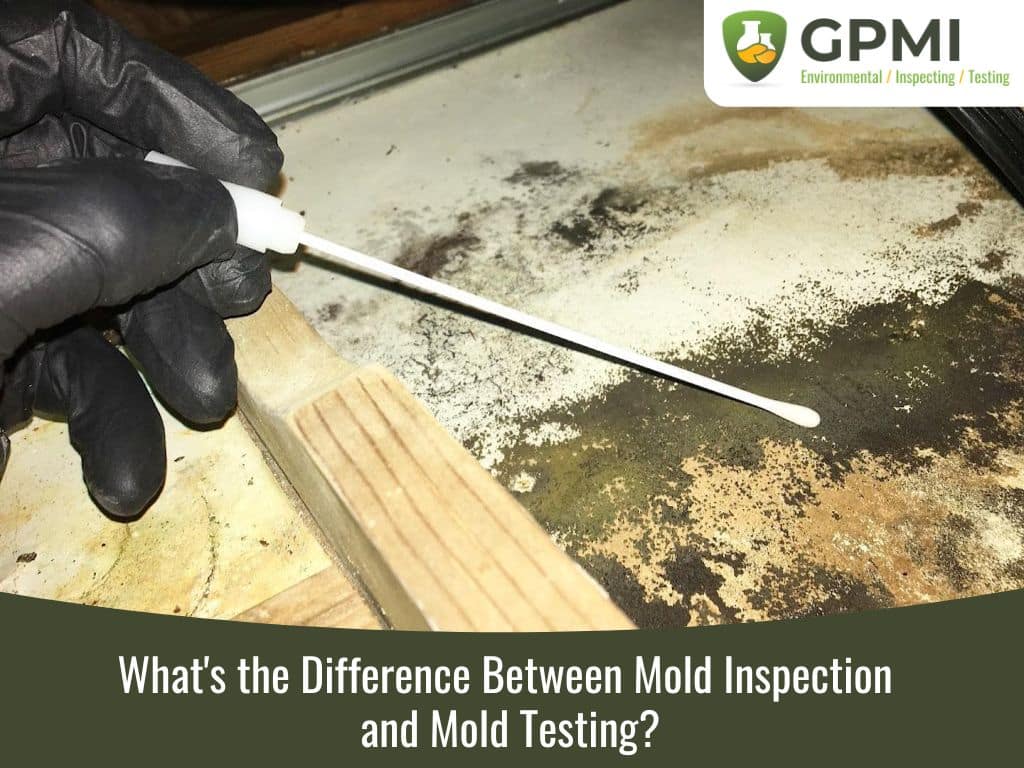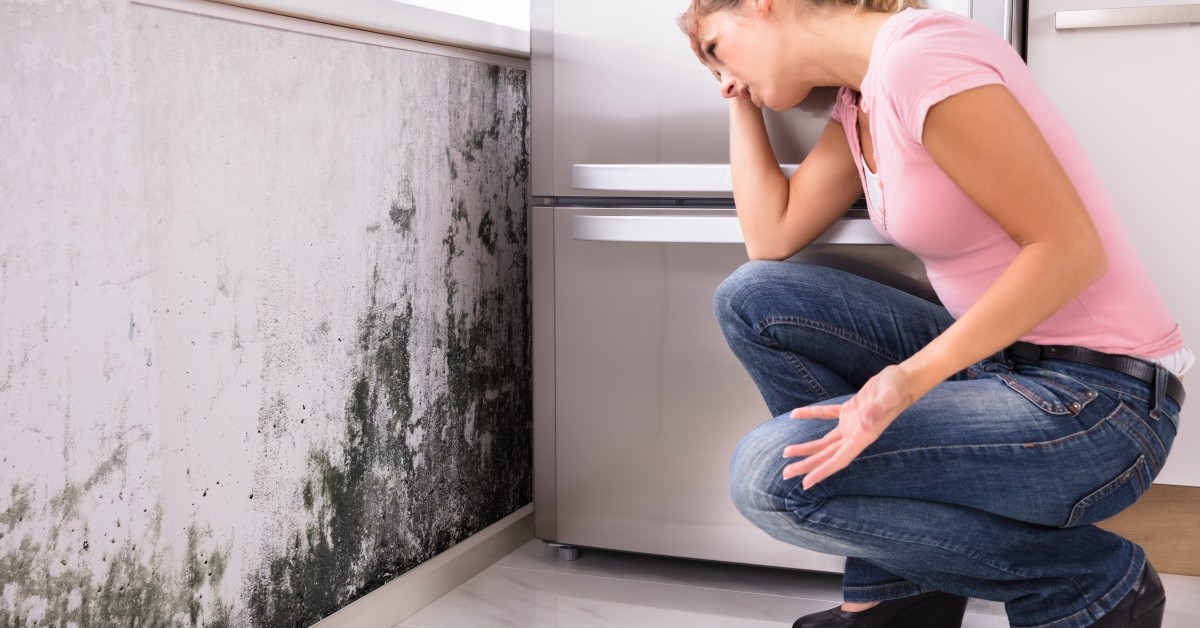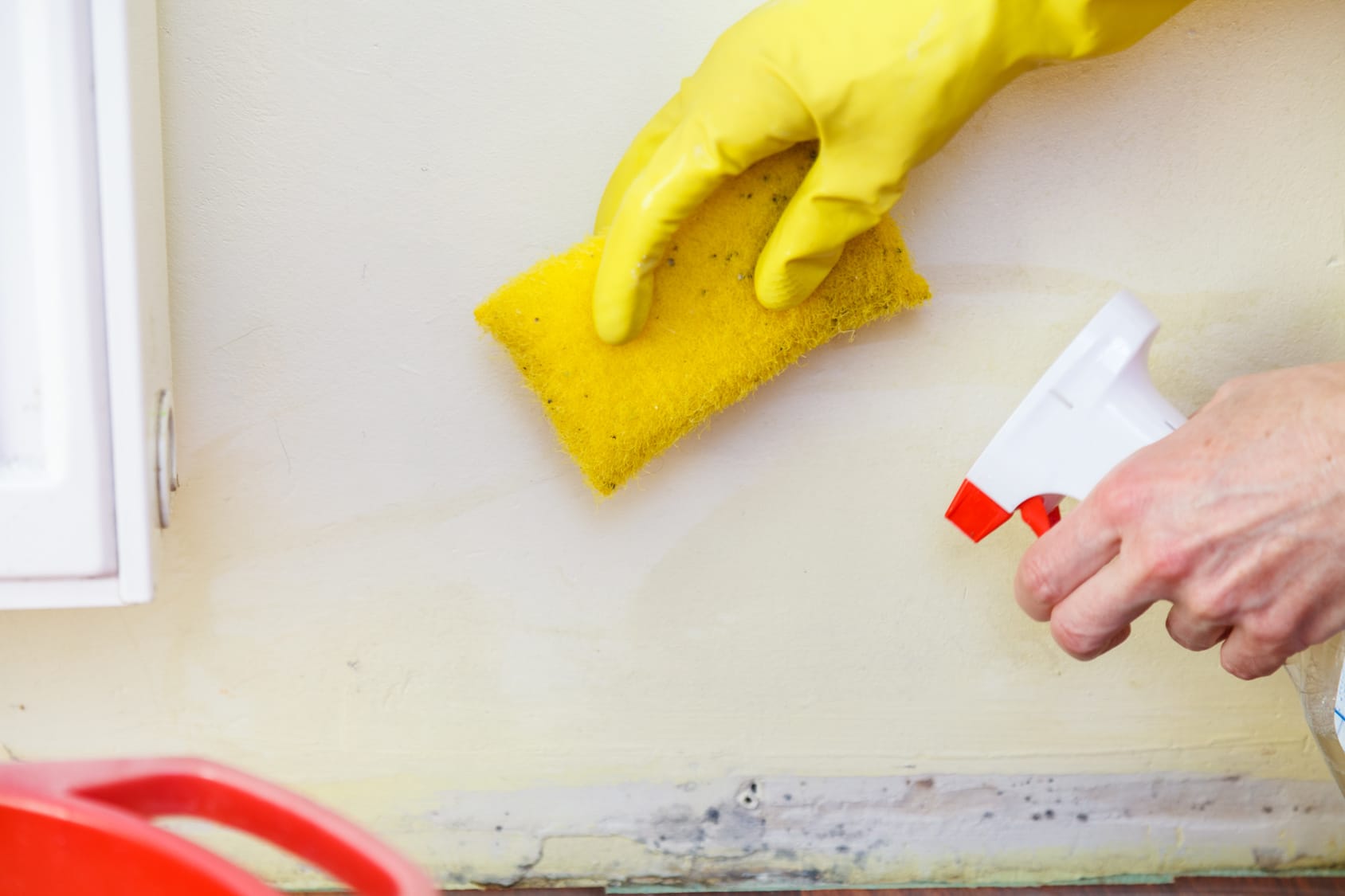Ensuring Post Remediation Verification Accuracy
Ensuring Post Remediation Verification Accuracy
Blog Article
Your Ultimate Overview to Article Mold Remediation Strategies
In the aftermath of mold and mildew infestation, recognizing how to properly get rid of the mold and prevent its reoccurrence is extremely important for maintaining a healthy interior atmosphere. From choosing the ideal cleansing and decontaminating techniques to applying methods for long-term mold prevention, each step in the removal trip plays an important role in making certain an effective result.
Understanding Post-Mold Remediation Process
After finishing the mold removal procedure, it is crucial to recognize the post-mold removal methods that are necessary to make sure a effective and extensive clean-up. As soon as the mold has actually been gotten rid of, the next action involves cleansing and decontaminating the influenced areas to avoid any regrowth of mold and mildew. This consists of making use of specialized cleansing agents to wipe down surfaces and kill any type of remaining mold and mildew spores. It is important to dry out the location totally to discourage the growth of mold in the future (Post Remediation Inspection near me). Appropriate ventilation and dehumidification can assist in this process.
In addition, performing a final assessment post-remediation is essential to make certain that all mold and mildew has actually been efficiently removed. If the assessment exposes any kind of sticking around mold and mildew, additional removal might be needed.
Effective Cleaning and Disinfecting Methods

Protecting Against Future Mold And Mildew Development

Importance of Correct Ventilation
Correct air flow plays an essential role in stopping wetness accumulation, a vital consider mold development within interior atmospheres. Efficient ventilation systems help eliminate excess humidity from the air, lowering the possibilities of mold spores finding the dampness they require to sprout and spread out. Without adequate air flow, indoor rooms can become a breeding ground for mold and mildew, causing prospective health threats and structural damages.
By making certain proper air flow, air flow systems can likewise help in drying out damp locations quicker after water damage or flooding incidents, better discouraging mold growth. Post Remediation Inspection near me. In rooms like restrooms, attics, kitchens, and basements where moisture levels often tend to be greater, installing and keeping efficient ventilation systems is critical in protecting against mold and mildew problems

Surveillance and Upkeep Tips
Given the vital duty that correct ventilation plays in stopping mold development, it is imperative to establish efficient tracking and upkeep tips to guarantee the continued performance of air flow systems. Routine inspections of ventilation systems need to be conducted to look for any signs of obstructions, leaks, or malfunctions that remove mold bathroom wall could hamper correct air movement. Tracking humidity levels within the residential or commercial property is additionally crucial, as high humidity can add to mold and mildew development. Setting up a hygrometer can help track moisture levels and alert home owners to any kind of spikes that may call for interest. Furthermore, making certain that air filters are routinely cleansed or changed is essential for maintaining the performance of the air flow system. Applying a schedule for routine maintenance tasks, such as duct cleaning and heating and cooling system examinations, can aid prevent problems prior to they intensify. By staying aggressive and conscientious to the condition of air flow systems, homeowner can successfully minimize the risk of mold and mildew regrowth and preserve a healthy interior setting.
Conclusion
In verdict, post-mold removal techniques are important for guaranteeing a secure and clean setting. Recognizing the process, executing reliable cleansing and decontaminating techniques, preventing future mold and mildew development, maintaining appropriate ventilation, and regular tracking are all critical action in the removal process. By complying with these guidelines, you can successfully remove mold and mildew and prevent its return, promoting a healthy living or working space for all residents.
In the consequences of mold and mildew problem, understanding how to successfully get rid of the mold and avoid its reoccurrence is paramount for preserving a healthy and balanced indoor atmosphere. As soon as the mold and mildew has actually been gotten rid of, the following step entails cleansing and disinfecting the affected areas to stop any regrowth of mold and mildew - testing air quality after mold remediation. After removing noticeable mold and mildew development, it is vital to clean up all surfaces in the affected location to get rid of any continuing to be mold and click to read more mildew spores. To additionally boost mold avoidance procedures, it is crucial to deal with underlying problems that at first led to mold and mildew development.Given the essential role that correct ventilation plays in avoiding Check Out Your URL mold and mildew development, it is critical to develop efficient tracking and upkeep ideas to ensure the continued capability of air flow systems
Report this page